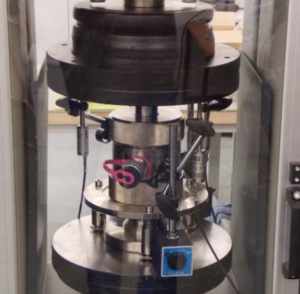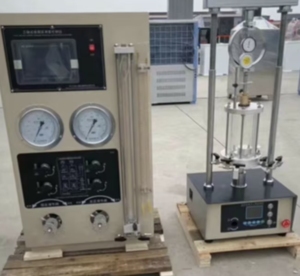How Do Soil Nutrient Tests Guide Crop Variety Selection for High-Yield Farming?
Choosing the right crop variety isn’t just about market demand or climate—it starts with the soil. Soil nutrient tests provide essential insights into what the land can naturally support and what may require supplementation. By interpreting these results, farmers can select crop varieties best suited to their soil’s strengths1, leading to higher yields, lower input costs, and more sustainable farming2. In this article, we explore how soil nutrient testing can guide smart variety choices for profitable agriculture.
Essential Nutrients and Their Impact on Different Crop Varieties
Crops vary widely in their nutritional needs. While all plants require basic macronutrients like nitrogen (N), phosphorus (P), and potassium (K), some varieties are more demanding—or more efficient—than others.
Nutrient Requirements by Crop Type
| Nutrient | Key Role | High-Demand Crops |
|---|---|---|
| Nitrogen (N) | Leaf growth and protein synthesis | Wheat, Corn, Lettuce |
| Phosphorus (P) | Root development and flowering | Soybean, Chickpea, Cotton |
| Potassium (K) | Water regulation and disease resistance | Tomato, Potato, Banana |
| Zinc (Zn) | Enzyme activation and grain filling | Rice, Maize |
| Boron (B) | Reproductive growth | Sunflower, Canola |
For instance, a potassium-rich soil might support a potato or tomato variety better than a phosphorus-hungry soybean cultivar. Understanding these differences allows better matching of crop genetics to soil potential.
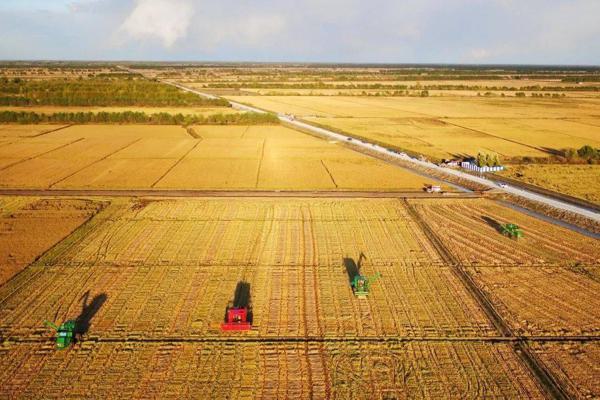
Interpretation of Soil Nutrient Test Results for Variety Matching
Soil tests typically measure available levels of macro- and micronutrients, pH, organic matter, and sometimes cation exchange capacity (CEC). Once this data is obtained, farmers or agronomists can match nutrient profiles with variety-specific requirements3.
Example: Soil Test and Variety Decision
| Soil Parameter | Measured Value | Ideal Crop Variety |
|---|---|---|
| Nitrogen: Low | 15 ppm | Low-N-demand legumes (e.g., cowpea) |
| Phosphorus: Adequate | 35 ppm | Maize, Sunflower |
| Potassium: High | 150 ppm | Potato, Tomato, Banana |
| pH: Slightly Acidic | 6.2 | Suitable for most cereals |
Matching Strategy:
- If a field shows low nitrogen but high potassium, planting a potato variety that thrives in K-rich soils and supplements N with modest input can boost productivity.
- Conversely, high-pH soils might steer selection toward varieties tolerant of micronutrient lockout.
This tailored approach leads to efficient input use and optimized crop performance.
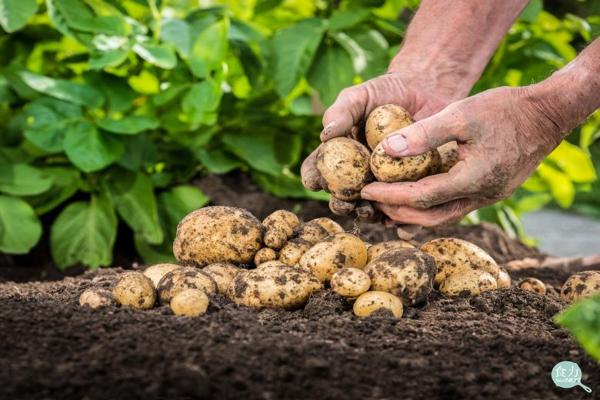
Case Studies of Successful Variety Selection Based on Nutrient Tests
Case 1: Maize in Low-Zinc Soils (Kenya)
Farmers using conventional maize varieties struggled with poor grain filling4 due to zinc-deficient soils5. After testing, they switched to a zinc-efficient hybrid. Result:
- Yield increased by 28%
- Fertilizer application reduced by 15%
Case 2: Basmati Rice in Saline Soil (India)
Soil testing showed high sodium and low potassium in the region. Farmers replaced their traditional variety with a salt-tolerant Basmati line6. Outcome:
- Yield stability improved
- Grain quality maintained under stress
Case 3: Soybean in Acidic Soil (Brazil)
Testing revealed acidic pH and aluminum toxicity. Extension services recommended lime application and planting acid-tolerant soybean cultivars. After two seasons:
- Profit margins increased by 35%
- Crop failure risks dropped significantly
These examples prove that soil-informed variety selection can dramatically improve both yield and resilience.
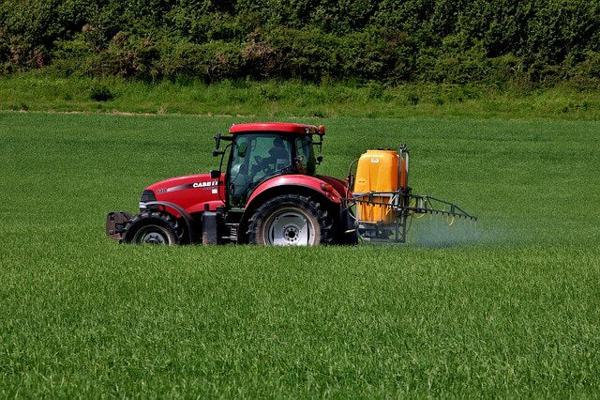
Long-Term Benefits of Aligning Crop Varieties with Soil Nutrient Profiles
Beyond seasonal gains, aligning crop varieties with soil nutrient status contributes to sustainable farming in several ways:
- Reduced fertilizer dependency: Using varieties adapted to local nutrient conditions lowers chemical input.
- Enhanced soil health: Less stress on the soil, better microbial activity, and improved organic matter over time.
- Climate resilience: Crops matched to soil limitations are better at handling drought, salinity, or nutrient stress.
- Improved profitability: Lower costs + better yields = more profit per hectare.
Summary: Long-Term Gains
| Benefit | Outcome |
|---|---|
| Input efficiency | Lower fertilizer and water usage |
| Environmental sustainability | Reduced runoff and emissions |
| Yield reliability | Better performance across seasons |
| Economic stability | Higher net returns for smallholders |
Integrating soil test data into variety decisions transforms farming from reactive to strategic and data-driven.

Conclusion
Soil nutrient tests are more than a pre-planting routine—they are a strategic tool for maximizing yield7 and ensuring long-term soil and crop health. By using test results to guide crop variety selection8, farmers can cultivate crops that thrive under existing soil conditions, reduce input waste, and build resilient, high-performing systems. In high-yield farming, the smartest decisions often start with what lies beneath our boots.
-
Exploring this topic can enhance your knowledge on optimizing crop selection for improved agricultural outcomes. ↩
-
Discovering effective practices can help farmers achieve better productivity while maintaining sustainability in agriculture. ↩
-
Understanding nutrient profiles helps optimize crop yields and soil health, making it essential for effective farming practices. ↩
-
Understanding the causes of poor grain filling can help farmers improve their maize yields effectively. ↩
-
Exploring the impact of zinc-deficient soils can guide farmers in soil management and crop selection. ↩
-
Learning about salt-tolerant Basmati rice can help farmers adapt to saline conditions and improve their harvests. ↩
-
Explore this link to understand how strategic tools can enhance agricultural productivity and sustainability. ↩
-
Learn about the importance of selecting the right crop varieties for optimal yield and soil health. ↩

